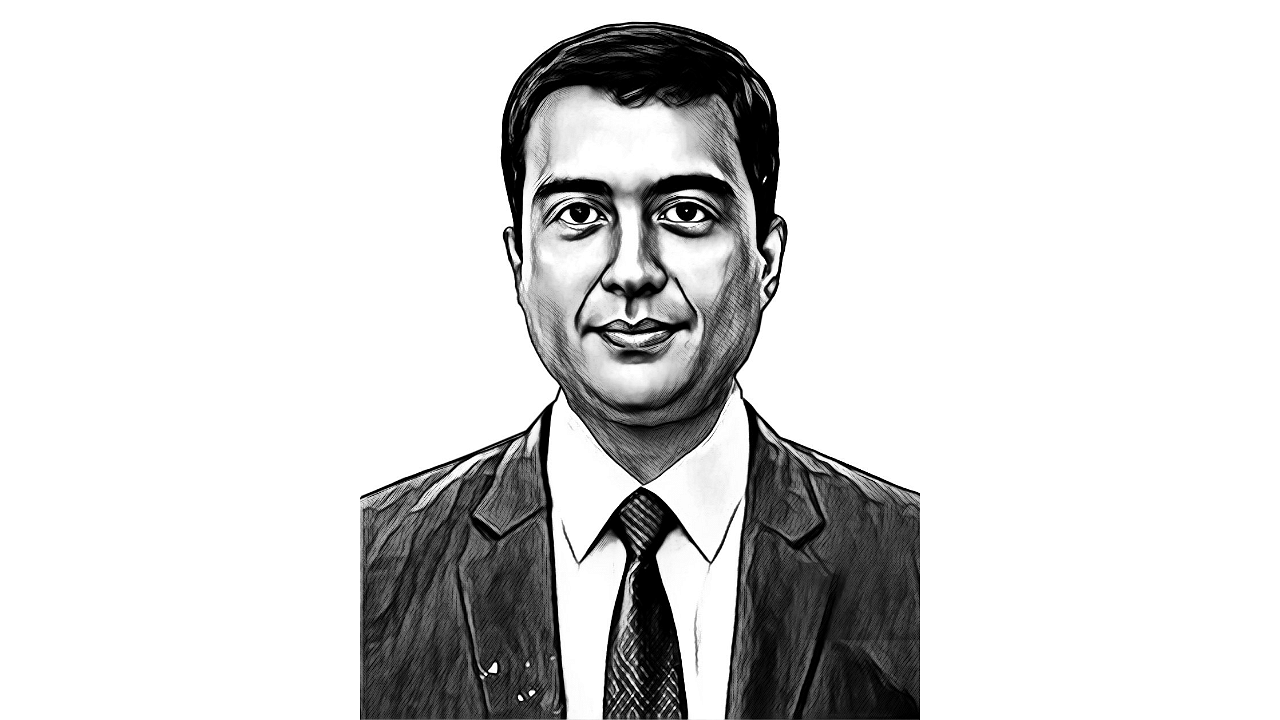
Devadatt Kamat is a designated senior advocate at the Supreme Court of India
The Constituent Assembly constituted in July-August, 1946 was confronted with a monumental task of setting a grundnorm for a 5,000-year-old civilisation that could hold together a diverse mass of humanity with formidable differences in culture, geography and language.
The Constitution, as it stands today, has emerged as a symbol of national consensus on the rights of citizens, the limitations of State power, and a detailed exposition on the complex nuances of our quasi-federal parliamentary democracy.
When the final draft constitution was being presented before the Constituent Assembly, B R Ambedkar poignantly remarked that “the working of a Constitution does not depend wholly upon the nature of the Constitution”.
He added: “Because I feel, however good a Constitution may be, it is sure to turn out bad because those who are called to work it, happen to be a bad lot. However bad a Constitution may be, it may turn out to be good if those who are called to work it, happen to be a good lot.”
The Constitution has been the bulwark on which the nation has travelled for the last seven decades. Its complex and detailed codes have ensured that the Republic has stayed on course to achieve the ideals enshrined in the Preamble. However, the progress would have been more steadfast but for the letting-down by certain constitutional institutions. One such in dire need of reforms is the Election Commission of India (ECI). An election outcome which is based on securing votes for cash, has no level-playing field or a transparent system of casting and counting of votes destroys the very purpose of ‘choice’ inherent in the election system.
Firstly, the commission has failed to check the use of black money in elections. Currently, the election expenditure limit set by ECI is Rs 95 lakh (25 States, two UTs) and Rs 75 lakh (three states, six UTs) for parliamentary constituencies and Rs 40 lakh (20 States, two UTs) and Rs 28 lakh (eight states, one UT) for assembly constituencies. However, unofficial reports suggest that the average spending per election for a Parliamentary constituency and Assembly constituency is Rs 40 crore and Rs six crore, respectively.
ECI data reveals that although cash seizures have reduced, there was a drastic increase in the seizure of liquor, drugs, and freebies during the 2024 election compared to 2019. The commission, except action in some sporadic cases, was conspicuously absent for checks on the flow of black money.
Secondly, it has been rejecting suggestions toward improving its transparency. The apex court, in Subramanian Swamy v. Election Commission of India, suggested incorporation of VVPAT as a safeguard to ensure the sanctity of EVMs. More recently, a petition before the Supreme Court had sought for 100% cross-verification of votes cast through EVMs using the VVPAT facility. ECI, opposing the petition, cited logistical challenges and delays in announcing the election result. This stand is anti-transparency.
Thirdly, and more importantly, the process of selecting Election Commissioners needs an overhaul. The appointment to the Commission of retired bureaucrats by the government of the day does not augur well for the independence and integrity of the commission. In Anoop Baranwal v. Union of India, the apex court had attempted to rehaul the selection process by directing that Election Commissioners should be picked by a selection committee comprising the Prime Minister, the Leader of Opposition (Lok Sabha), and the Chief Justice of India. However, Parliament has by legislation tilted the balance again in favour of the political executive by replacing the CJI with a Union Cabinet Minister. The matter is pending before the Supreme Court.
Elections lie at the heart of our identity as a democratic republic. Ambedkar’s foretell is now truer than ever. It is crucial to recognise that merely endowing ECI with constitutional entrenchment is insufficient to keep our ‘good constitution’ good. The ‘lot’ working the Constitution must continuously strive to curb black money, maintain transparency, and ensure a level-playing field to deliver on our constitutional promises. n
B R Ambedkar noted that the Constitution of India was not a mere lawyers’ document – “It is a vehicle of life and its spirit is always the spirit of age.” Seventy-five years since the adoption of the Constitution, its living text continues to guide India along the vision of its founders. But these are also times when the constitutional spirit is increasingly in conflict with reactionary narratives that undermine the tenets of the document. The Prism looks at the milestone with a throwback to the Constitution’s framing principles, nods to its endurance, and underlines threats to its foundational ideas.